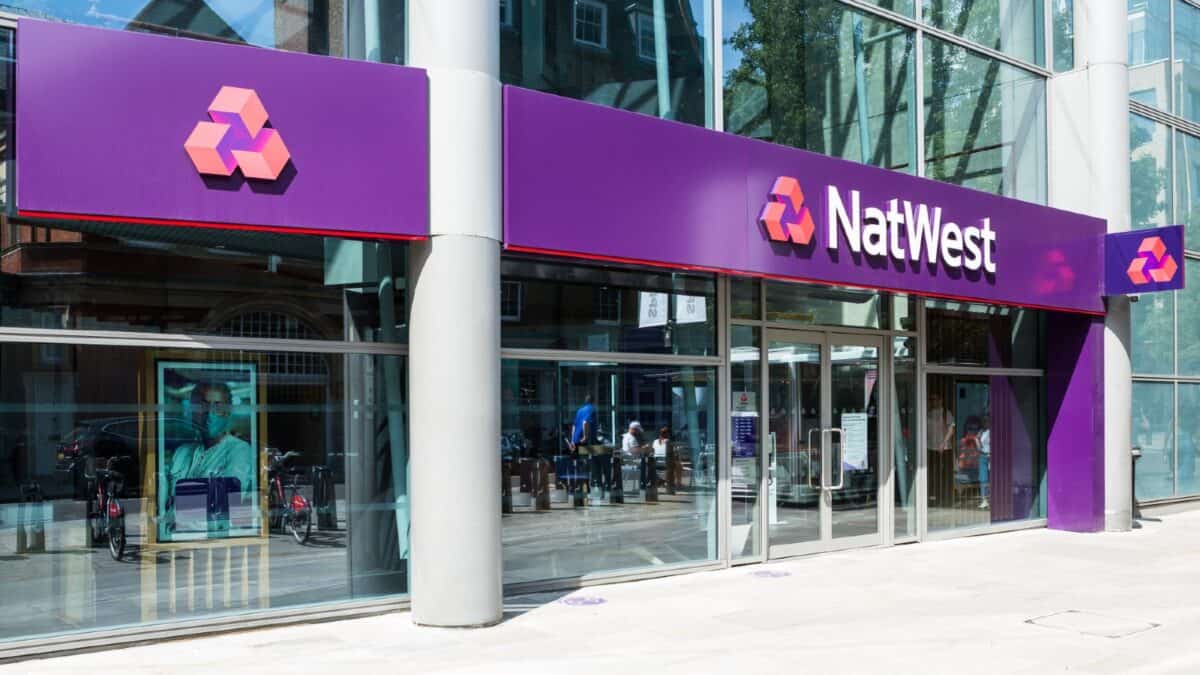A general election has caused the UK government to postpone its plans to sell its stake in NatWest (LSE:NWG). But could it be a good time for investors to buy shares anyway?
The best way to invest involves finding above-average businesses and buying shares when they trade at below-average prices. And NatWest looks like it still fits the bill here – at first sight, anyway.
Benchmark
Right now, the average FTSE 100 company achieves an 11% return on equity (ROE). And investors are paying an average of £1.80 for every £1 in equity, implying a price-to-book (P/B) ratio of 1.8.
Passive income stocks: our picks
Do you like the idea of dividend income?
The prospect of investing in a company just once, then sitting back and watching as it potentially pays a dividend out over and over?
If you’re excited by the thought of regular passive income payments, as well as the potential for significant growth on your initial investment…
Then we think you’ll want to see this report inside Motley Fool Share Advisor — ‘5 Essential Stocks For Passive Income Seekers’.
What’s more, today we’re giving away one of these stock picks, absolutely free!
NatWest currently looks better than the average on both counts. It achieves an ROE of 12.35% and despite its share price being up significantly, the stock trades at a P/B of 0.8.
If only investing was so straightforward. Unfortunately, the current ROE is unusually high – NatWest hasn’t previously achieved this level of profitability at any point during the last 10 years.

Created at TradingView
Assuming the bank is going to achieve an above-average ROE in the future thus seems risky. But the stock does trade at a much lower P/B ratio than the broader index, so could it still be a bargain?
Valuation
NatWest is achieving unusually good returns, but its price-to-book ratio is also higher than it has been for some time. Over the last 10 years, the stock has generally traded at a P/B ratio of below 0.75.

Created at TradingView
Investors are therefore expecting the company to do better than it has done over the last decade, but worse than the index in general. I think this might be justifiable.
The big issue for NatWest is that interest rates are likely to fall from their current levels. This is likely to have a negative impact on margins, causing the bank’s ROE to fall below the 11% average.
Nonetheless, a return to pandemic rates probably isn’t on the cards. So there’s reason to think the stock ought to trade at a higher P/B multiple than it did during Covid.
Outlook
NatWest’s ROE might be about to fall. But its discounted P/B ratio means it has a long way to fall before it’s worse value than the FTSE 100 average.
Based on today’s metrics (11% ROE divided by a 1.8 P/B ratio), the FTSE 100 is offering an earnings yield of approximately 6%. By these standards, NatWest might still be cheap.
With a P/B ratio of 0.8, the company only needs to achieve an ROE of 4.8% to match the index. And that might well be achievable even if interest rates come down from their current levels.
Of course, if rate cuts take longer than expected to materialise, there’s a possibility that returns could stay high. But even without this assumption, NatWest shares look like decent value.
Growth
The FTSE 100 probably has better growth prospects, with the likes of Bunzl, Halma, and Diploma in its lineup. But I wouldn’t discount NatWest entirely here.
Dividends and share buybacks give the company scope to boost investor returns over time even if earnings growth is relatively muted. I think the stock is still worth considering at these levels.








